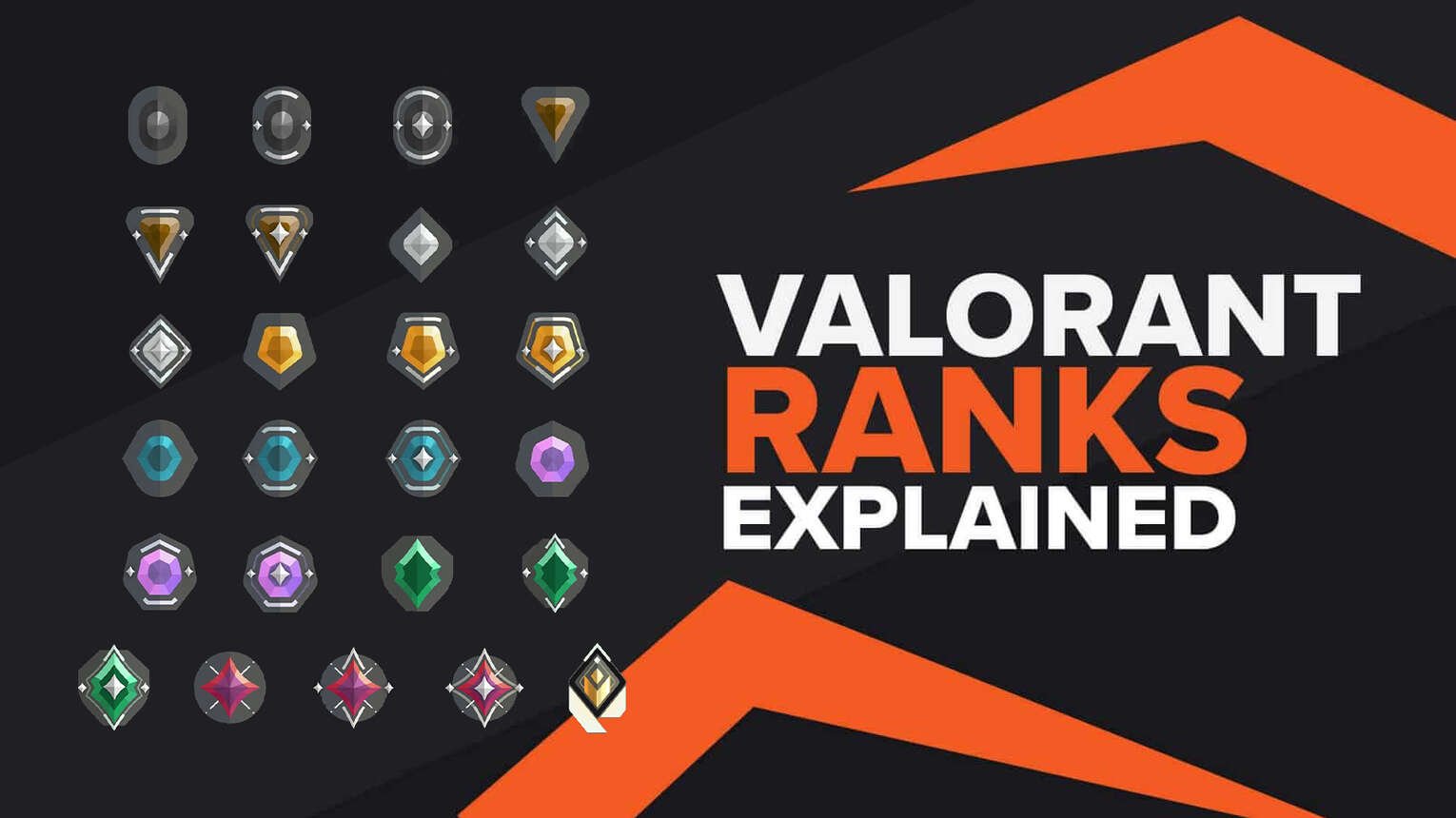
Valorant's ranked mode is not the easiest one to understand among all online games. As we all know from games like League of Legends, Riot Games game developers like to complicate things, and some of the competitive system's rules are unknown to even the most avid players similar to the CS2 (CSGO) Ranking System. As we all know, being successful in the ranked system is the basis for becoming a competitive player. So, let's take a look at all the secrets the Valorant ranking system holds and answer the most frequently asked questions about it!
How many Valorant Ranks do exist?
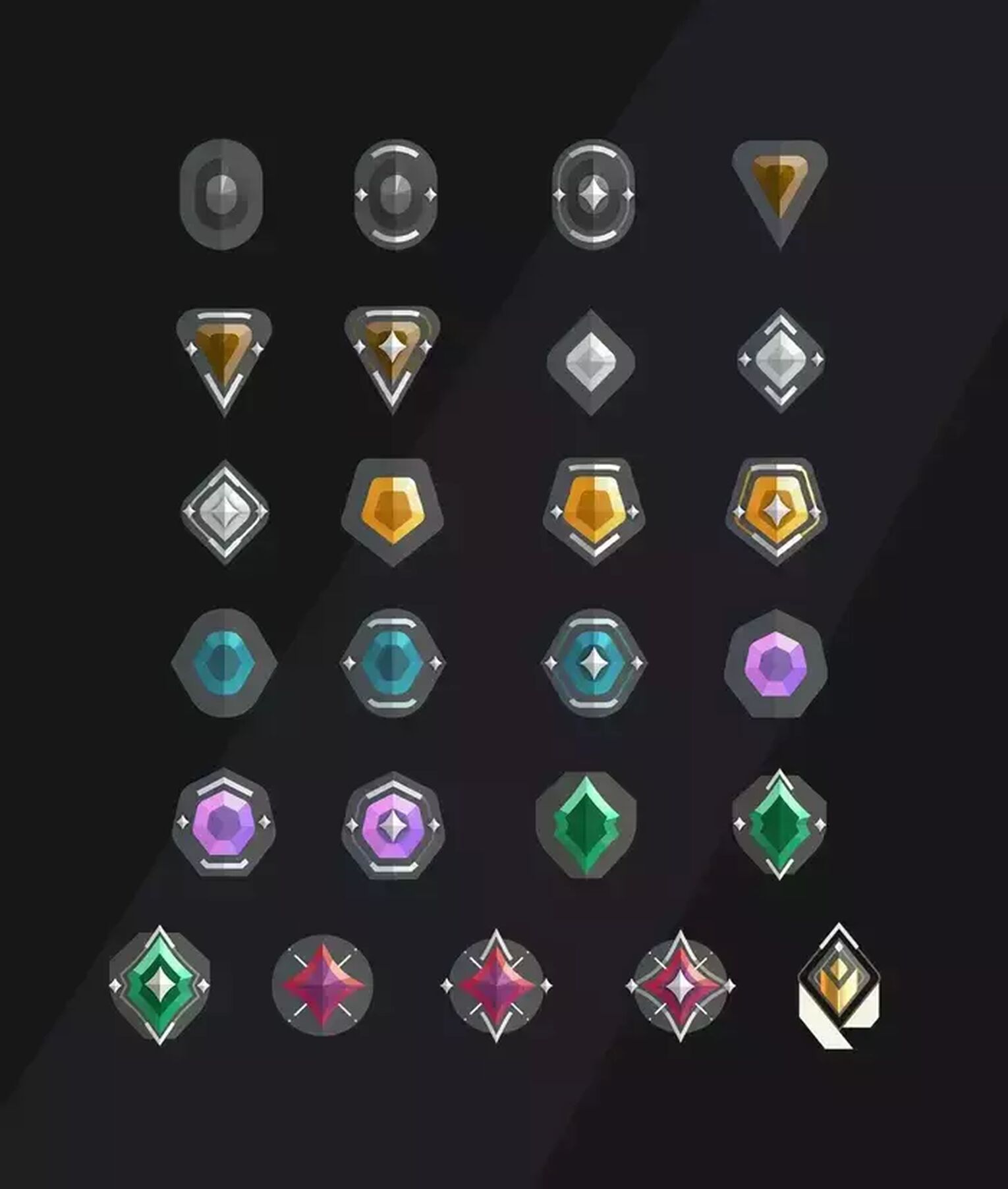
There’s a total of 25 Valorant ranks. Each Valorant rank signifies a specific skill level — the higher a rank, the higher skill level a player should represent. There are 9 rank divisions, and each of them (except Radiant, which is the highest rank in Valorant) consists of 3 tiers. These are the Valorant ranks:
Valorant Rank Distribution
Here are all Valorant ranks from lowest to highest, along with a ranked distribution for 2023:
| RANK | RANK ICONS | RANK DISTRIBUTION |
|---|---|---|
| Iron 1 |  | 0.4% |
| Iron 2 |  | 1.5% |
| Iron 3 |  | 5.2% |
| Bronze 1 |  | 5.1% |
| Bronze 2 |  | 7.5% |
| Bronze 3 |  | 5.2% |
| Silver 1 |  | 9.3% |
| Silver 2 | 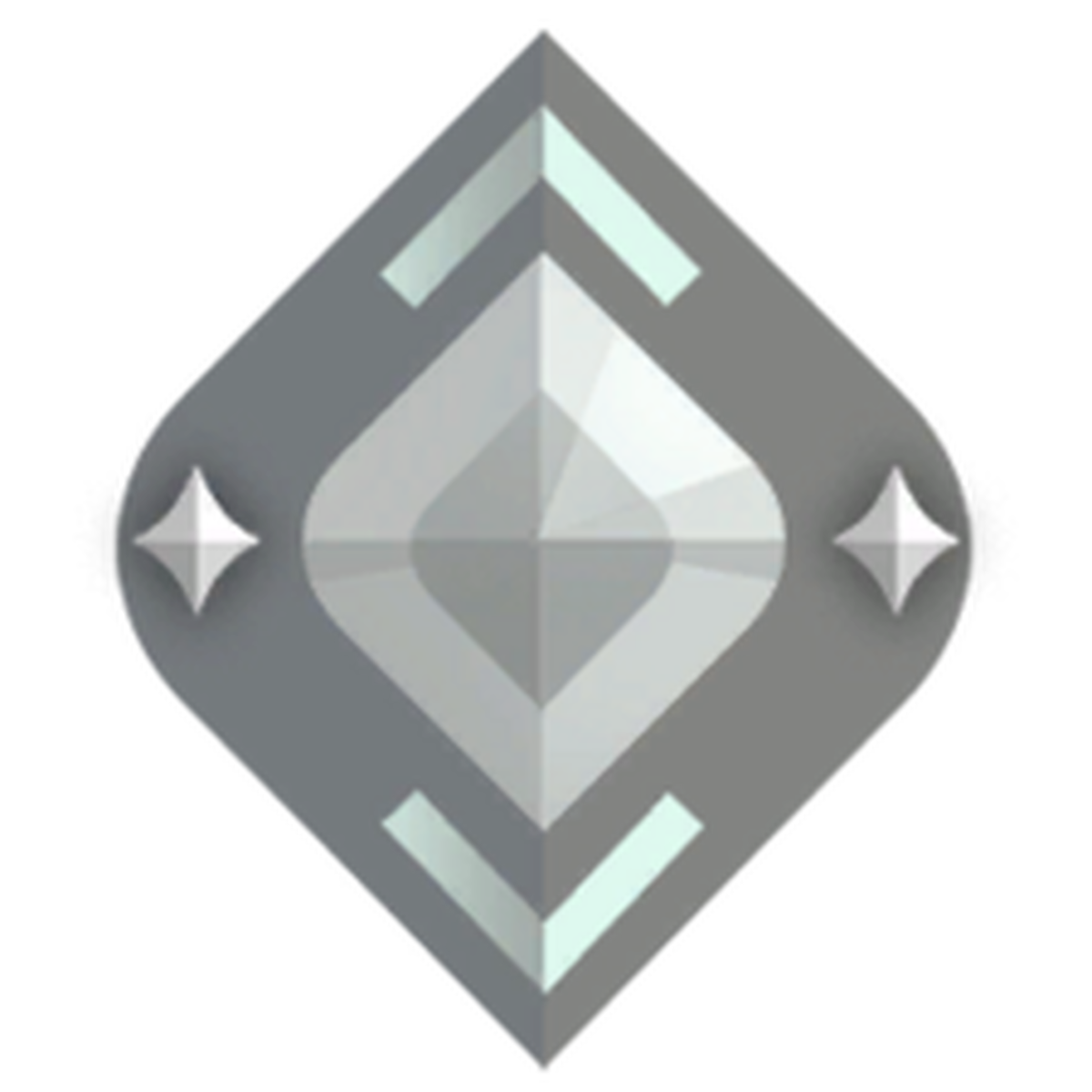 | 7.7% |
| Silver 3 | 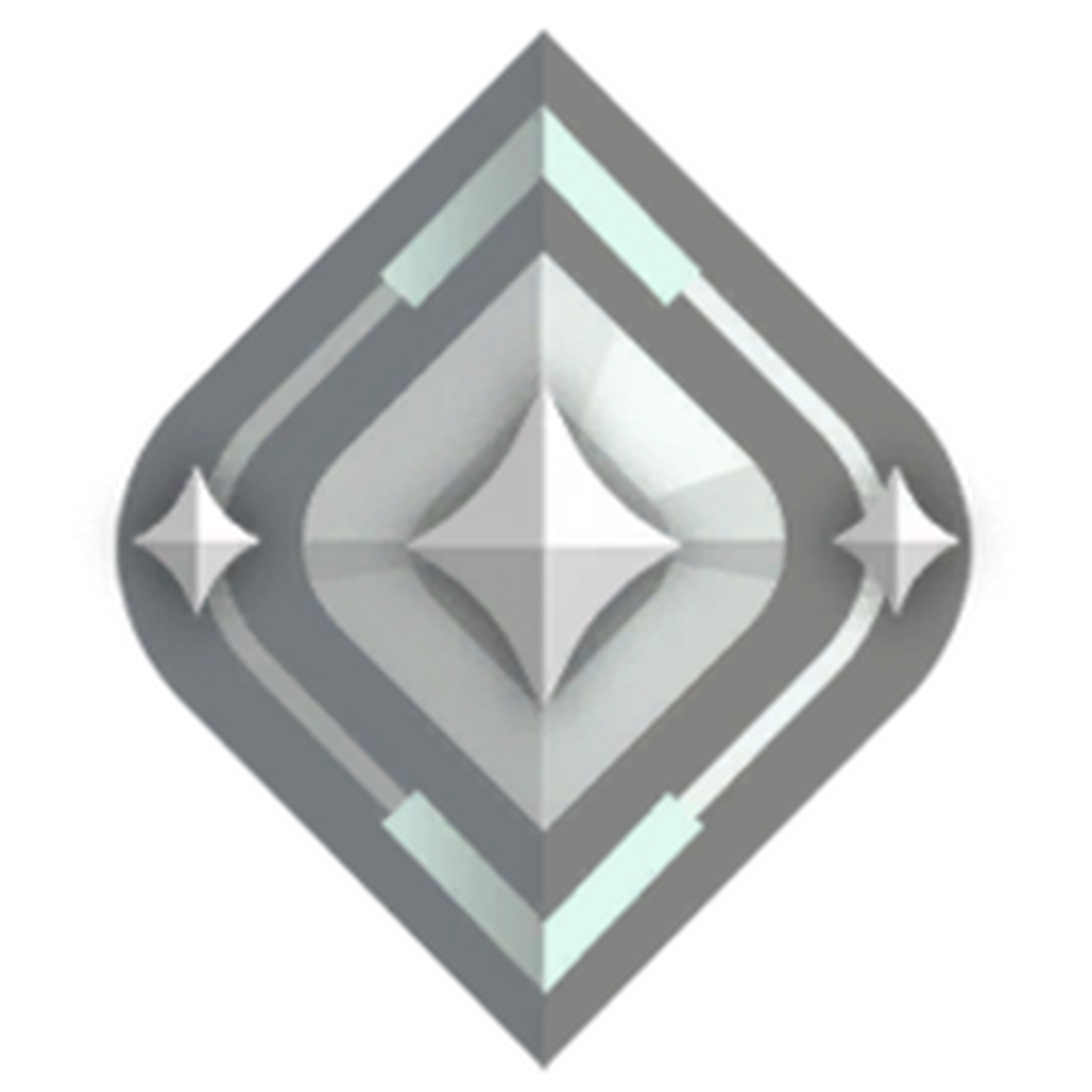 | 7.6% |
| Gold 1 |  | 7.6% |
| Gold 2 |  | 6.8% |
| Gold 3 |  | 6.3% |
| Platinum 1 |  | 6.0% |
| Platinum 2 |  | 4.9% |
| Platinum 3 |  | 4.3% |
| Diamond 1 |  | 4.0% |
| Diamond 2 | 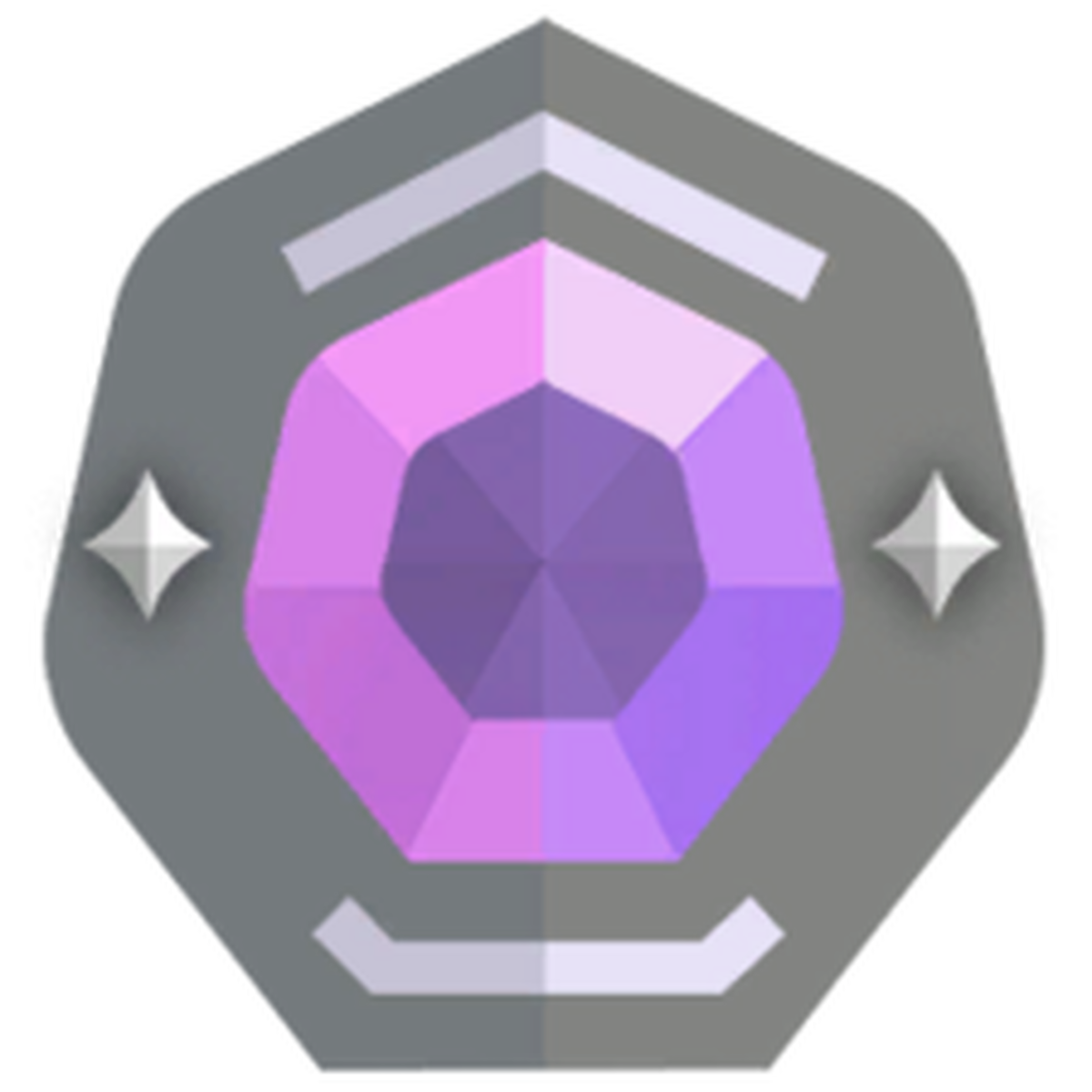 | 2.8% |
| Diamond 3 |  | 2.0% |
| Ascendant 1 |  | 1.6% |
| Ascendant 2 | 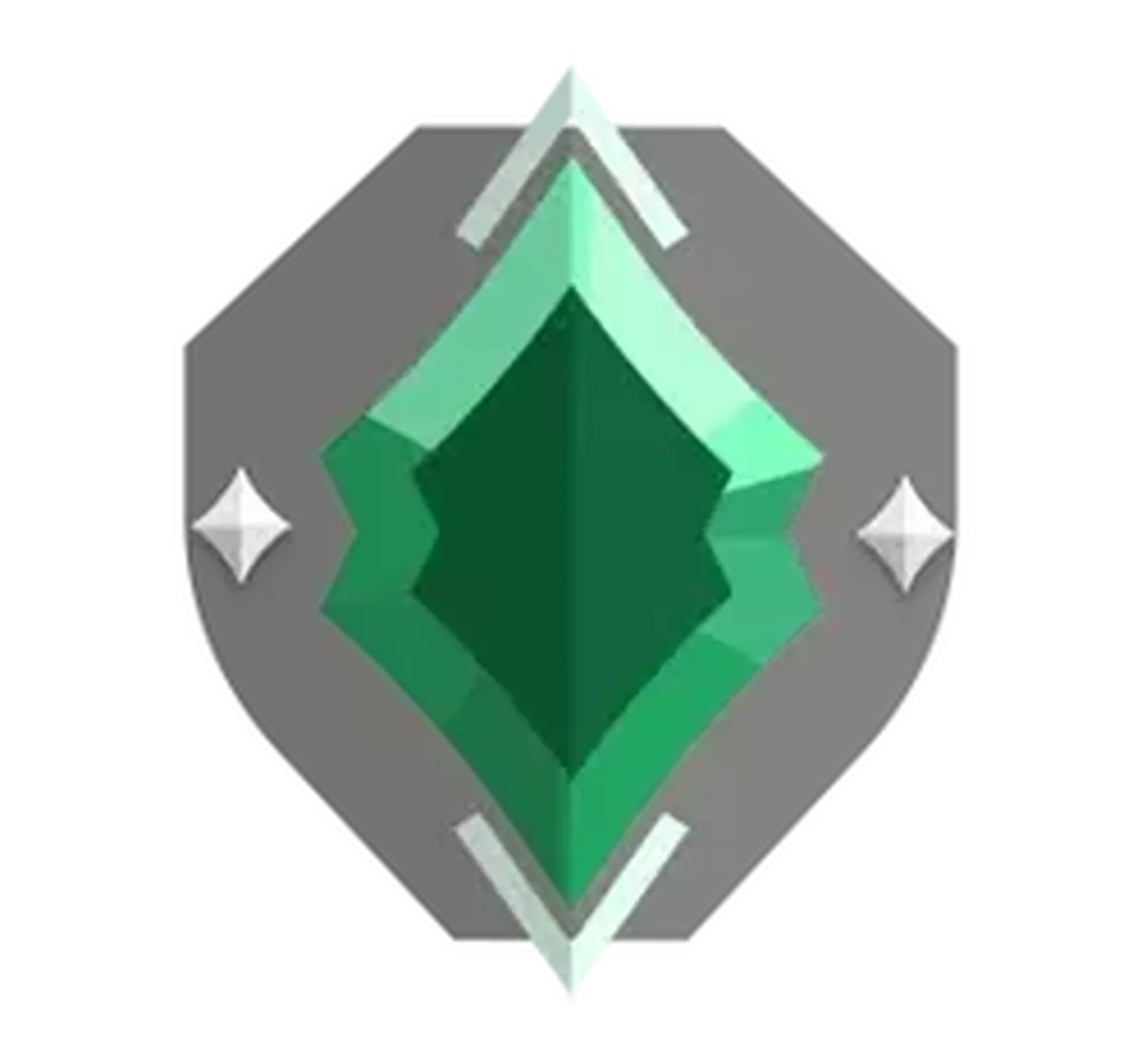 | 1.0% |
| Ascendant 3 | 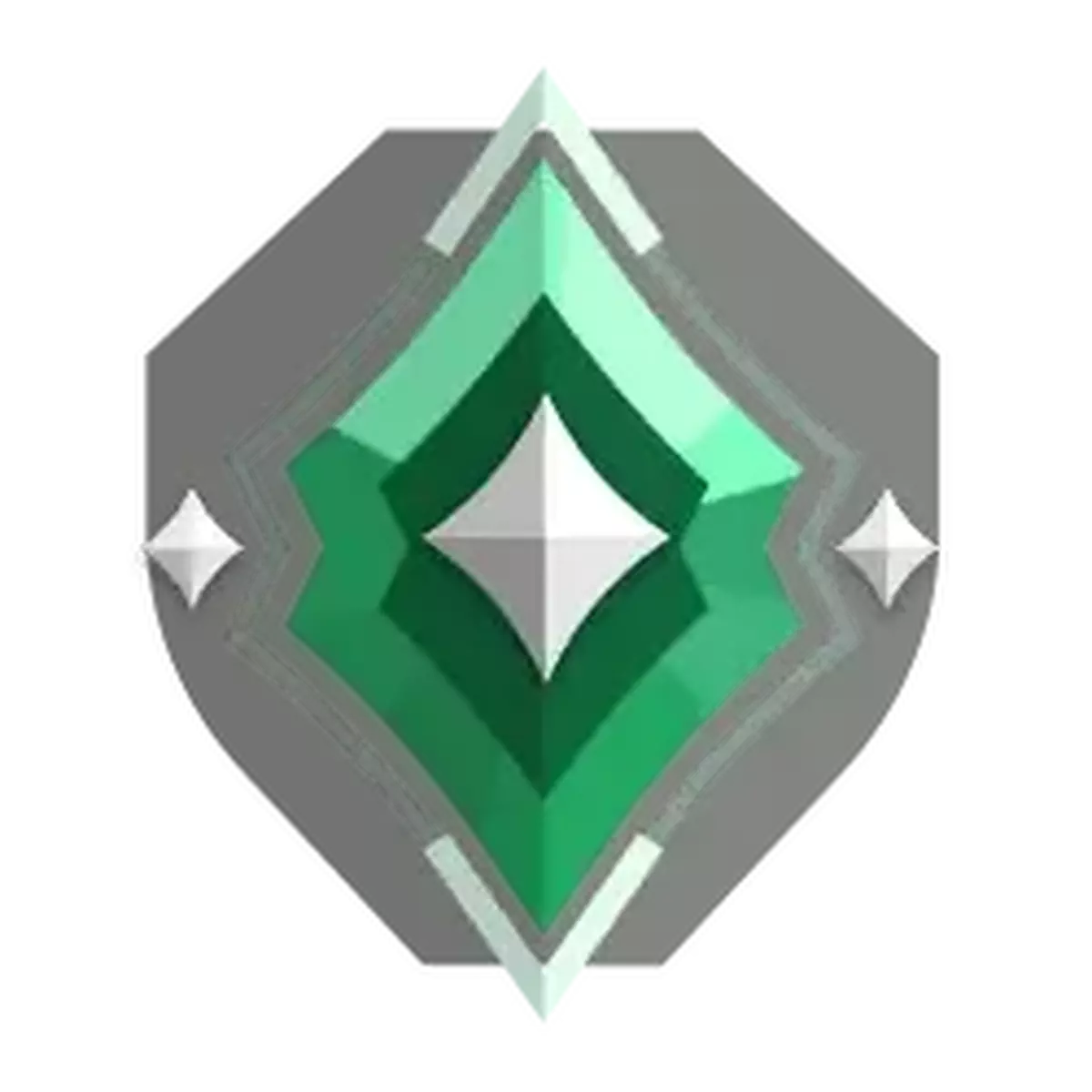 | 0.6% |
| Immortal 1 |  | 0.2% |
| Immortal 2 |  | 0.2% |
| Immortal 3 |  | 0.1% |
| Radiant |  | 0.02% |
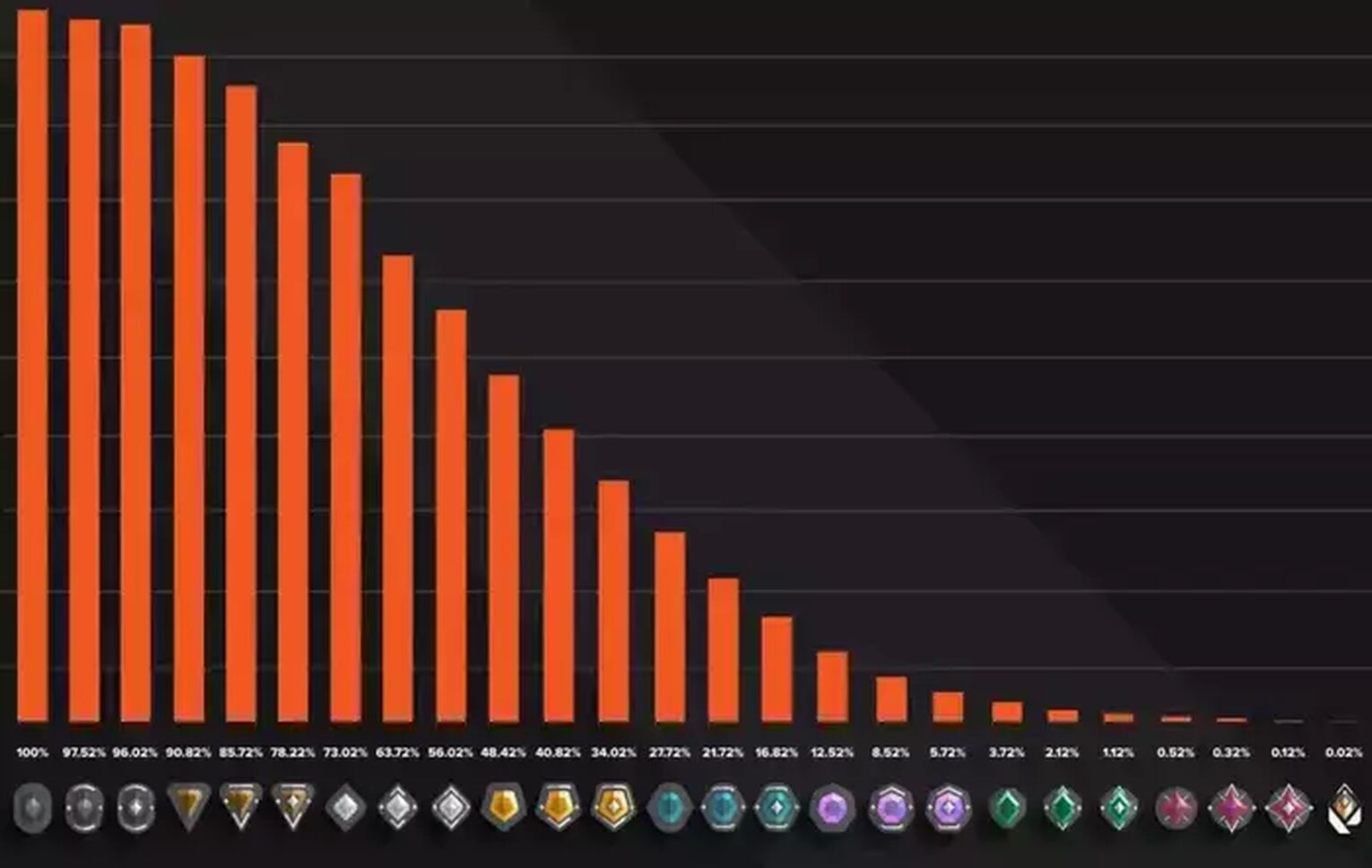
Rank distribution is the absolute foundation of any well-balanced competitive system. Most of the Valorant player base is ranked around Silver ranks, with Silver 1 being the most popular rank in the system; ~14% of all players have it. This is the kind of level where you can say you are "an average player". Alright, but what rank makes you the type of player who can be said to aspire to semi-pro or pro in Valorant?
Well, that would start from Immortal 3, which is the second-highest rank in the game. We're talking about being in the top 1% of the entire player base, which virtually means that if you were thrown into a room with 100 Valorant players, you'd usually beat 99% of them.
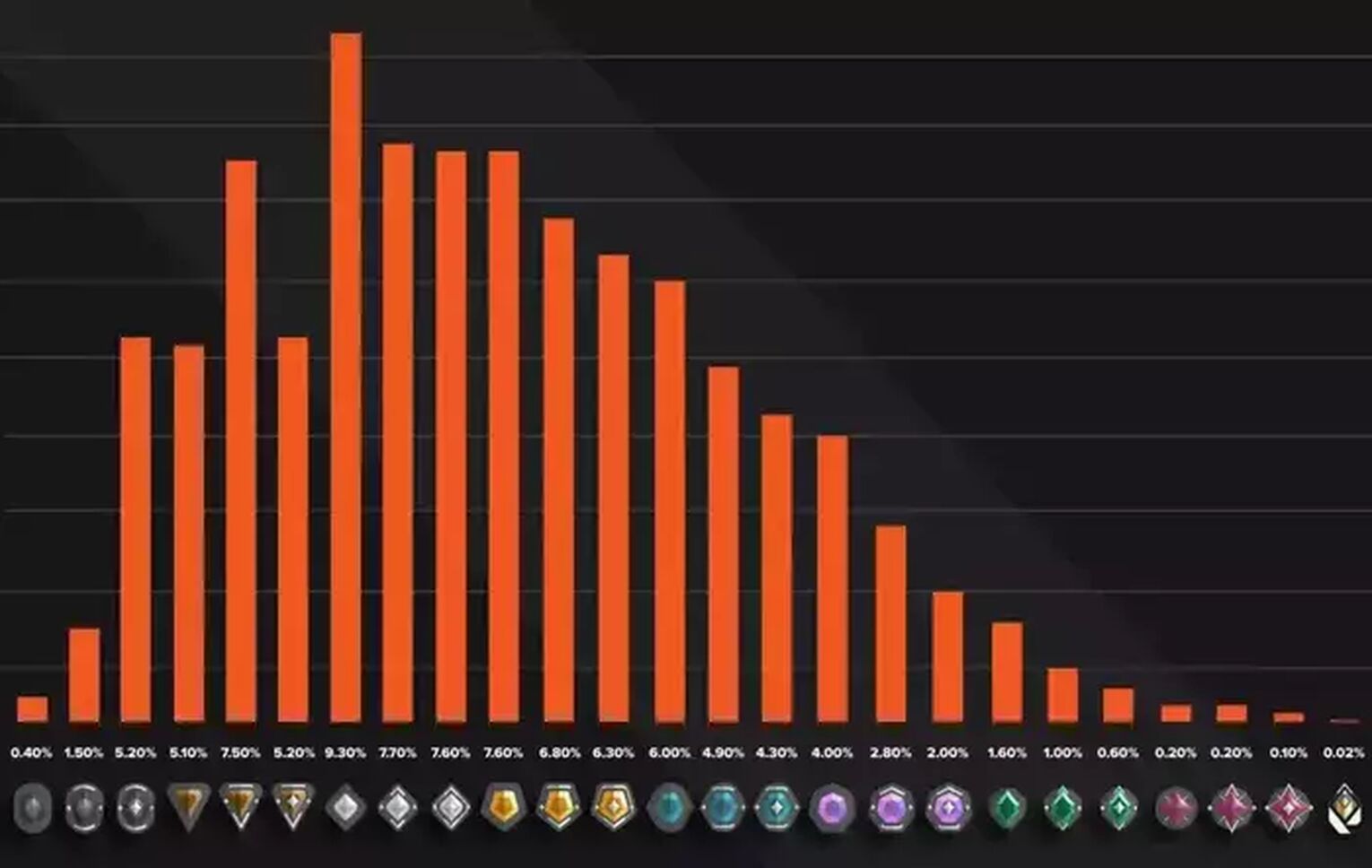
RR RANK RANKING SYSTEM IN VALORANT EXPLAINED
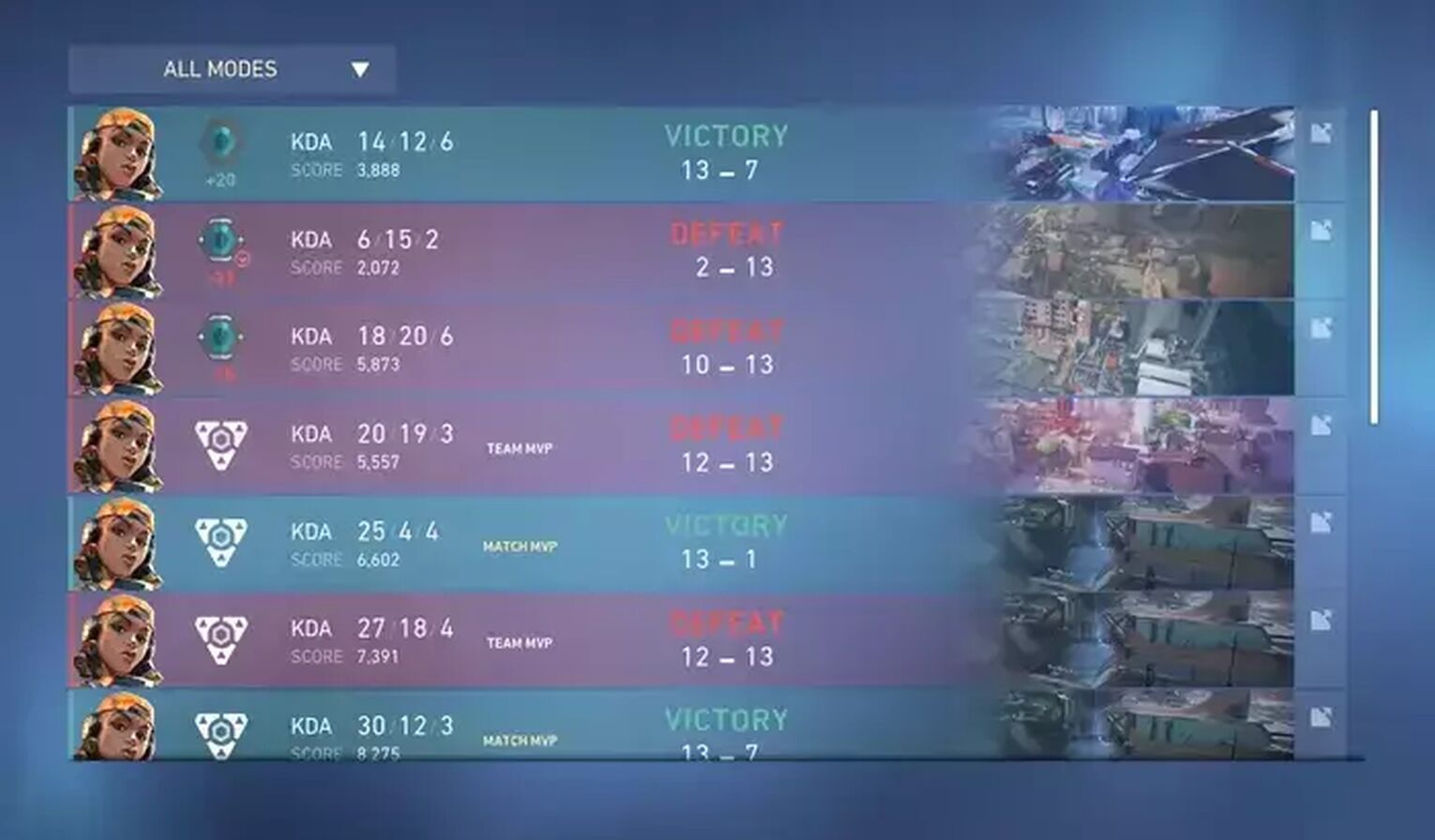
Remember closed beta days and those arrows? Yikes! Thankfully, Riot Games decided to replace it with the Rank Rating system. But how does it work exactly? So, regardless of your rank, you will need 100 Rank Rating Points (RR) to advance to a higher tier. That way, you know exactly where you stand and when you can expect to be promoted to a higher tier. So yes, that's basically it, to get a higher rank tier in Valorant, your task is to collect 100 Rank Rating Points. When you win the game, you gain RR points; when you lose, you lose RR points, simple as that. Usually, you'll get about 20-30 RR points at the end of your match.
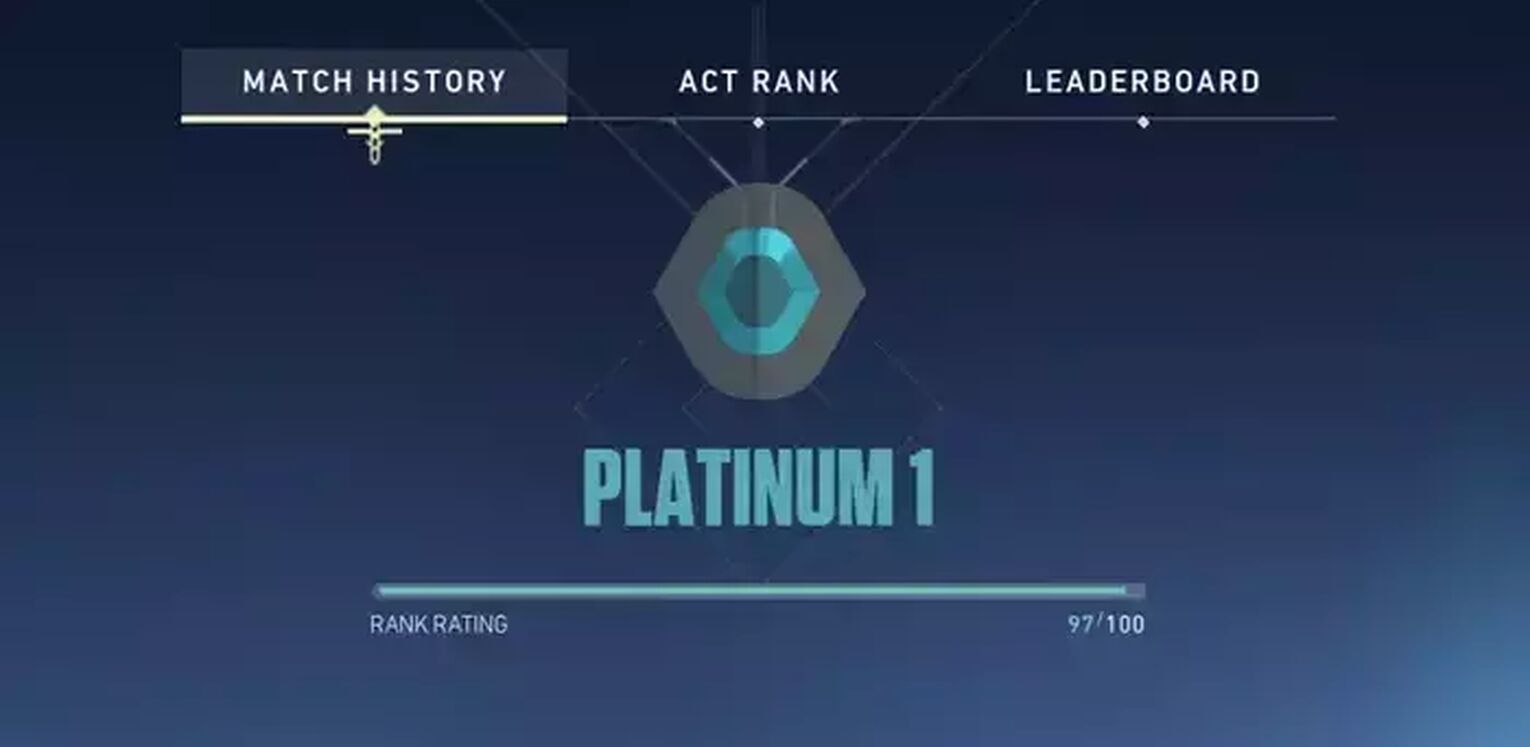
However, the amount of RR Points you earn at the end of a game is strongly dependent on your opponents' ranks, the ranks of your allies, your individual performance, and your hidden MMR. You shouldn't confuse Rank Rating with MMR.
How does the Valorant MMR system work?
So, your competitive rank is just the tip of the iceberg. The true indicator of your skill level is your MMR (Matchmaking Rating), which you’re unable to see. The game developers from Riot explain that this is the rating they use to create the fairest possible matches in competitive mode. There’s no way to check your MMR in Valorant, and it’s pretty much based on your lifetime (!) performance in ranked matches. And by the way, it works like that in every single online game from Riot!
- If your MMR is higher than your rank, you’ll gain more RR on wins than you lose on losses
- If your MMR is even with your rank, you’ll gain and lose closer amounts of RR for wins and losses
- If your MMR is lower than your rank, you’ll gain less RR on wins and lose more on losses)
In short, the main thing Riot uses a hidden MMR system for is to determine the RR (Rank Rating Points) increment for each player on each team, depending on their overall win rate. Actually, to simplify it, we could say that the higher your hidden MMR, the more RR points you will get at the end of the game.
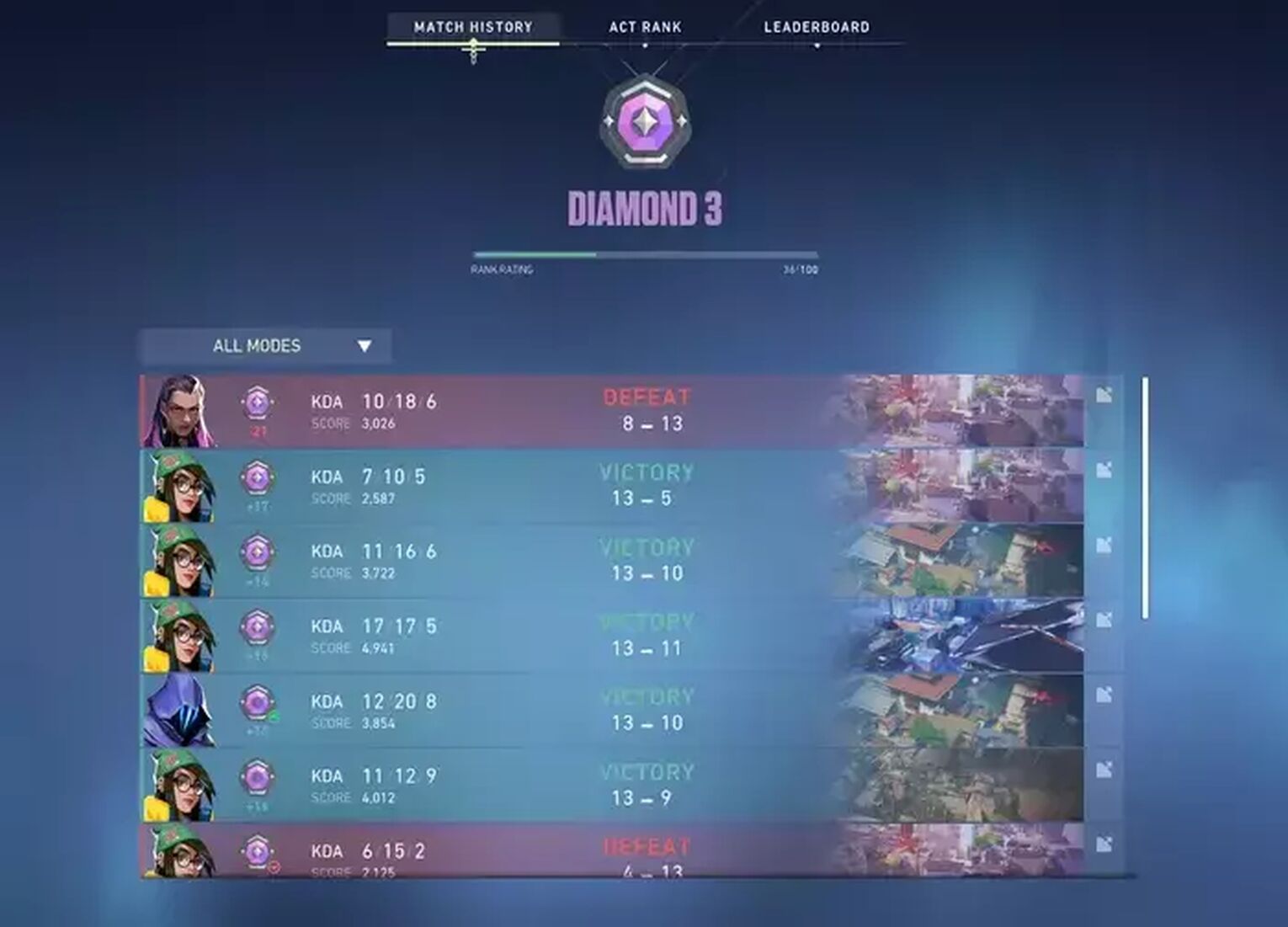
Does MMR reset in Valorant?
Not really. Your MMR softly decreases for everyone at the beginning of a new Episode, but that doesn’t really make a bigger difference. We could say that your MMR is clung like a leech to your Valorant account! However, remember that you can highly impact your MMR by winning all of your placement matches.
How to increase Valorant MMR?
The only way to increase MMR in Valorant is… winning games. Yes, that’s the only way! As we mentioned earlier, it's all about your lifetime performance, so if you were losing everything during your first Competitive Mode games, your MMR is low, and you will have to make up for it later. Some players even decide to create new accounts, as the grind for a good MMR value can take super long.
Difference Between Valorant RR Vs MMR
First of all, RR and MMR in Valorant are designed for different purposes. The RR shows you where you stand and gives you some idea of how many games you need to win to advance to the next rank. RR has virtually no effect on the matchmaking queue. It tells you virtually nothing, except how far you are from being promoted to the next rank.
On the other hand, the primary purpose of MMR is to match you with players of a similar skill level as possible. At the end of the day, that's all that matters, and if you think about how important it is, you could say that your rank serves more of a cosmetic role. This is why you sometimes end up with players of much higher/lower ranks — because they have a similar MMR value. Unlike RR, your MMR value is not visible, and looking at how Riot solves this issue in other games, it is unlikely to ever be.
How to unlock competitive matchmaking in Valorant?
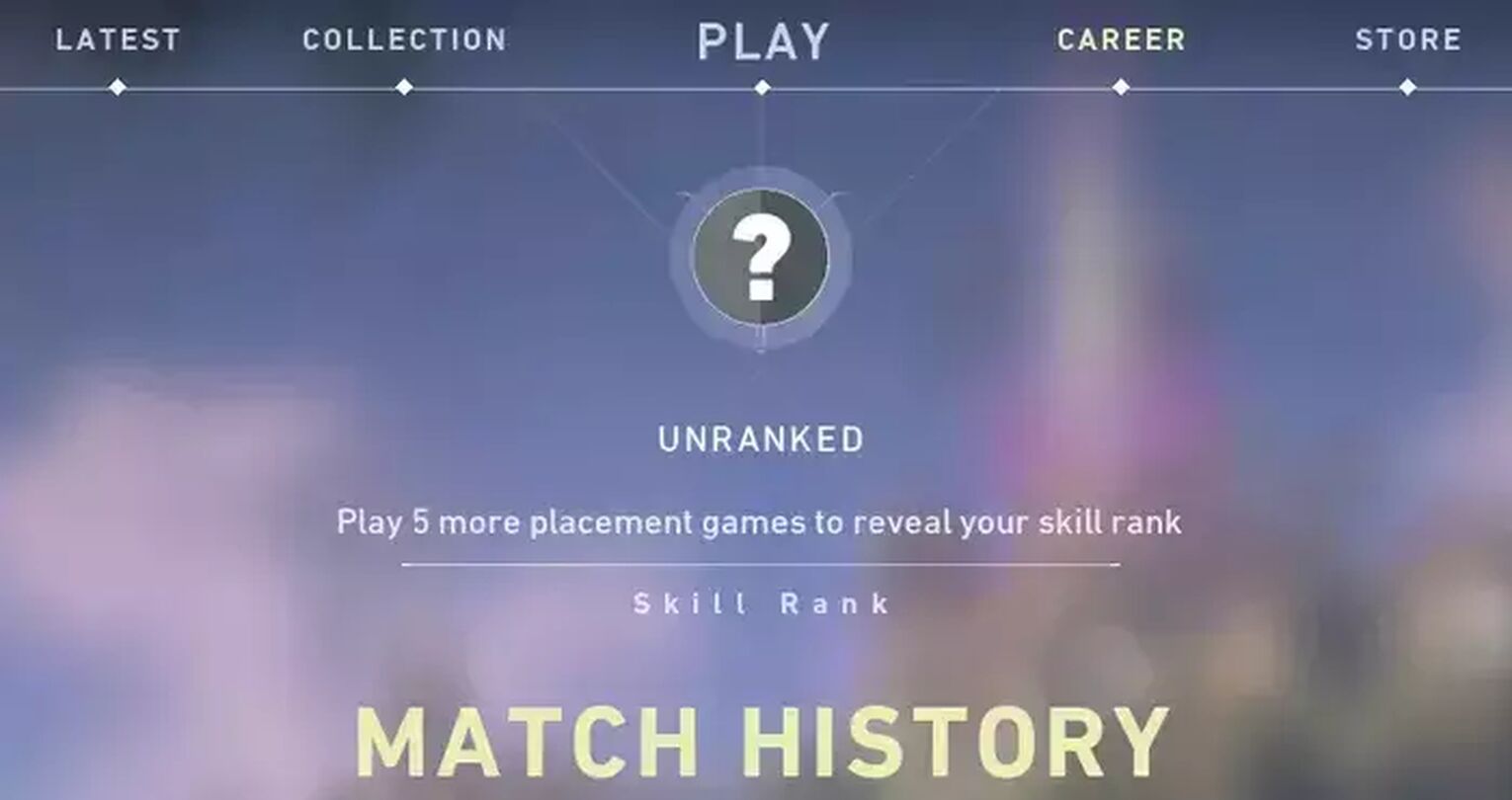
If you remember the early days of Valorant, you may also remember the requirement of playing 20 unrated matches to access the ranked play mode; however, it’s not the case anymore. Now you have to win 10 unrated matches and then play 5 placement games. A placement game is just like a ranked match but much more significant. Every win/loss will count more than in your future ranked games. That said, take them seriously, as they will define a place you’re going to start your competitive adventure with the game, and we know that every Valorant player wants to have as high a rank as possible.
Plus, placements matches determine your starting point for MMR, so if you lose all of them, you will significantly lengthen your climb for the future.
Valorant Rank Reset
In Valorant, a rank reset comes with every new Valorant Episode; and this is somewhat of a hard reset. To regain your rank, you'll have to play 5 placement matches, and as we've said before — those will highly impact your MMR, so you better focus on winning them as much as you can. Usually, after such a reset, you will get a slightly lower rank than you had before the Episode. Riot explains that this is a chance for players to "prove their skills" once again and see if they are worthy of their rank. As you can see, it works on similar principles as in League of Legends! So, your Valorant Rank never resets, but it will disappear after 14 days of inactivity. However, after just playing one game (no matter the result), you’ll get it back immediately.
Competitive Valorant Leaderboard
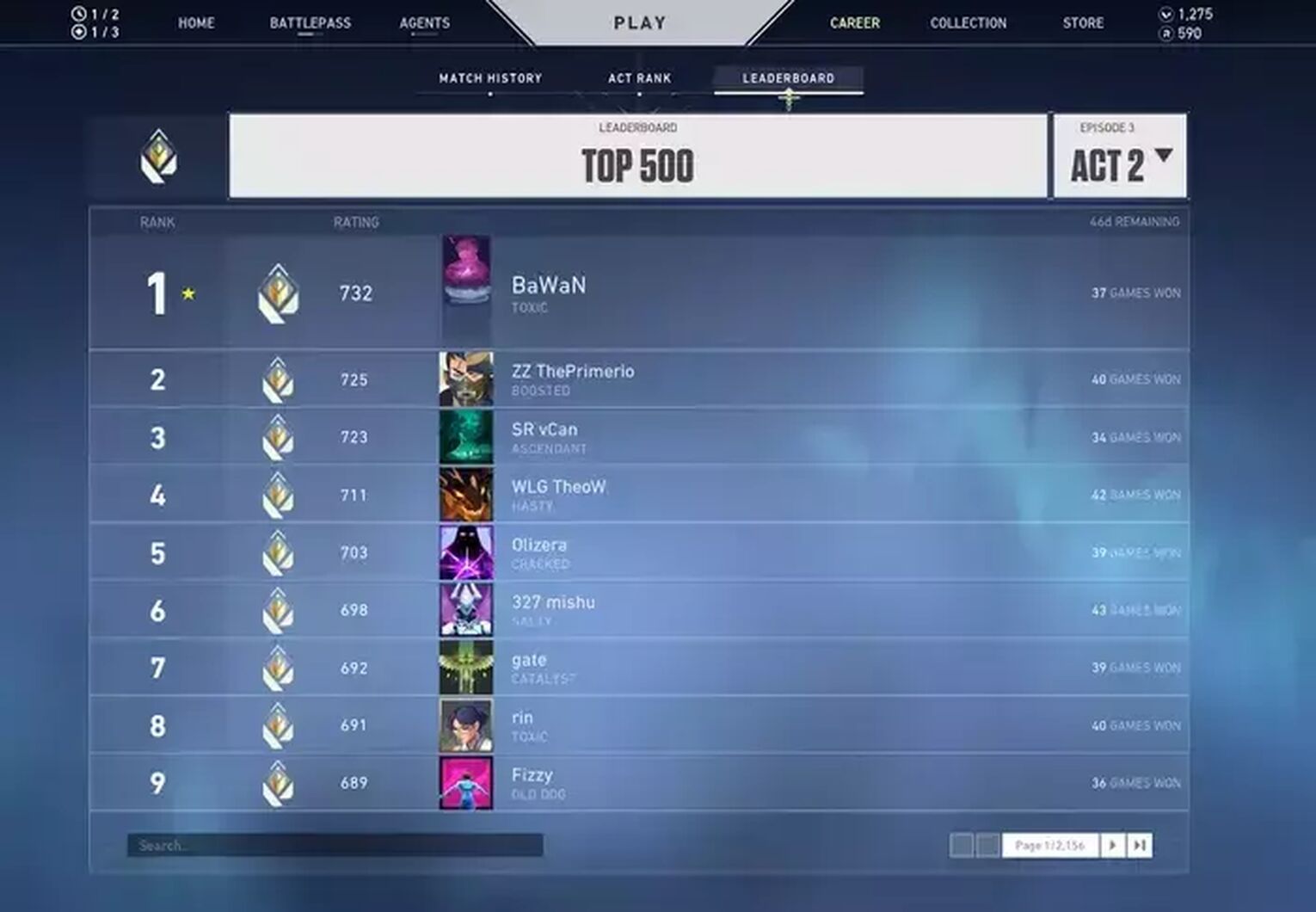
If you have a Immortal Tier 1 rank or higher, you can check your regional leaderboard position at playvalorant.com. Usually, the top of this ranking is made of competitive players from eSports teams or streamers who play the game full-time. That said, Valorant Ladder is where most players start their pro/competitive adventure. If you can't consistently win games on a ranked play, don't think about big tournaments just yet; focus on improving your game. Treat getting on the competitive leaderboard as some sort of milestone that you have to reach!
Premade Queue Penalties
Whenever you queue a 5-stack game in Valorant, you have to reckon with the fact that you will get less RR for winning the game than if you queue alone. Moreover, if you and your team fail to win a 5-stack game, your RR losses will also be much higher. Riot doesn't want 5-stack games to be an efficient way to climb and actually made them possible only in Patch 3.10, which is November 2021. This feature is meant to serve players who want to have a good time with friends, not climb to the highest ranks.
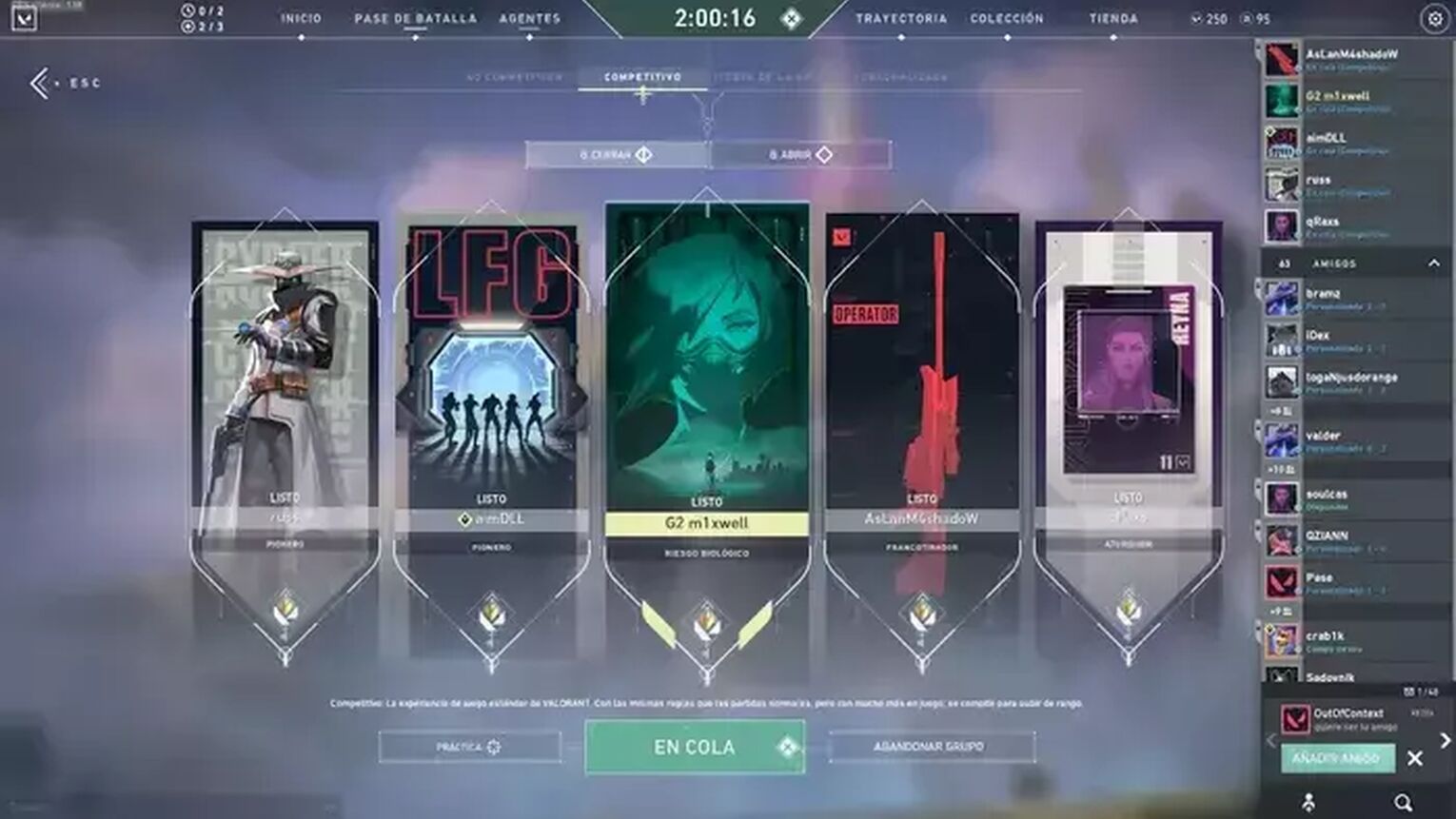
It's also worth mentioning that if you queue for a 5-stack ranked match at Diamond 3 and above, you are guaranteed to hit another 5-stack team, which significantly increases your queue time.
What is a Valorant Act Rank?
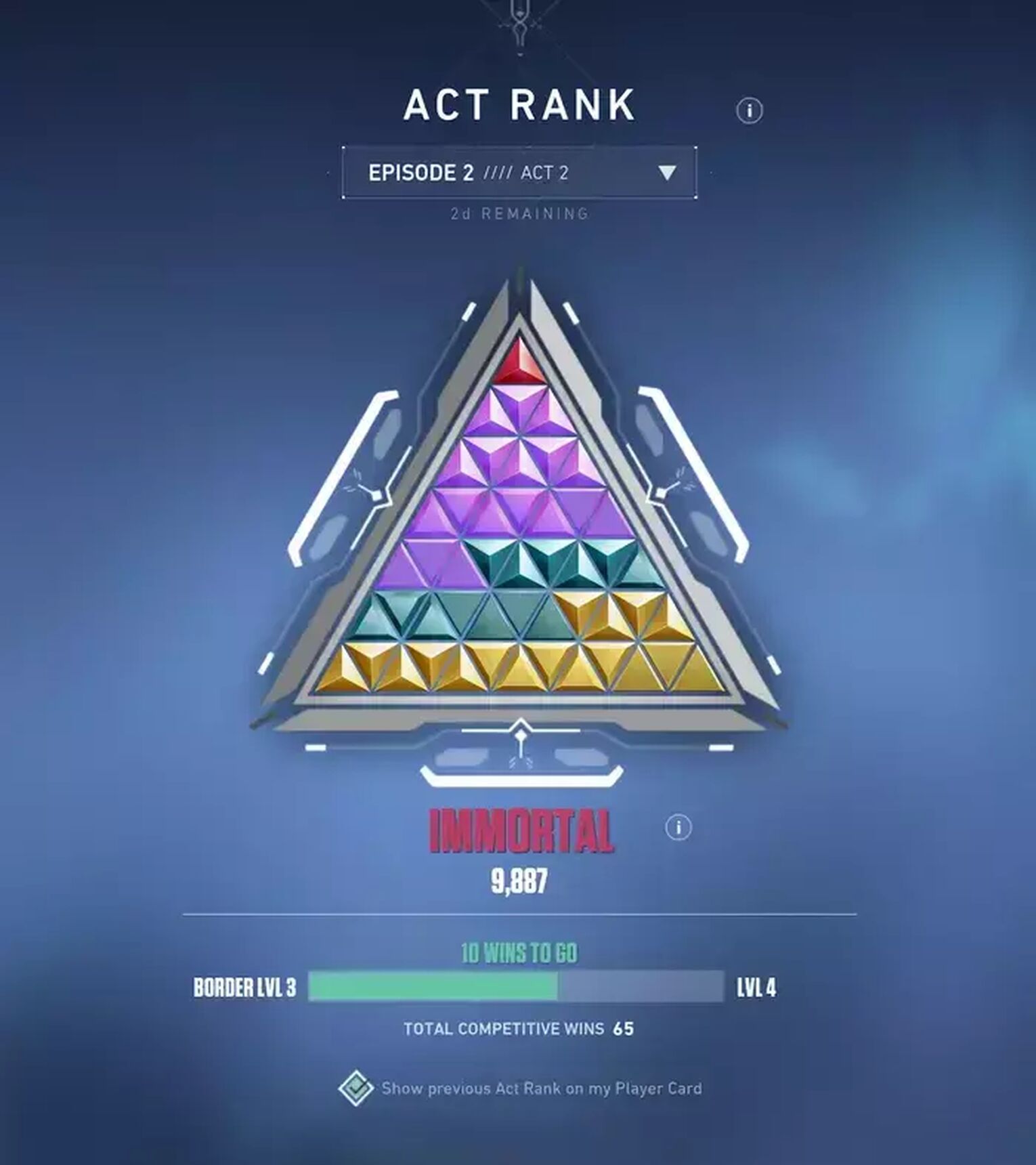
Riot Games added Valorant Act ranks to the game with the second Act of the first Valorant Episode. In short, it is a badge that is meant to showcase your best performance during a particular Act. Its appearance and level depend on two factors — the highest rank you reach and the number of victories you have achieved in a given act (the ceilings are 9 → 25 → 50 → 75 → 100). It has absolutely no effect on matchmaking search in Valorant ranked mode.
Queue Rank Disparity in Valorant
You can play a game of Valorant with a friend who has a higher/lower rank but with a maximum difference of 9 ranks. If this difference exceeds 9 rank tiers, the matchmaking search system will not let you find the game.
Leaving and Dodging Ranked Games in Valorant
As for now, when you leave a matchmaking game in Valorant, you’ll get a penalty and lose some MMR. Moreover, the team you played on will be able to surrender a match. As for dodging games, many players think they can do it without consequences (e.g., when they cannot pick their favorite Agent); however, that's not the case. In patch 2.05, Riot decided to add a penalty, where players who dodge too many games in a short period of time will get less RR in their few next games.
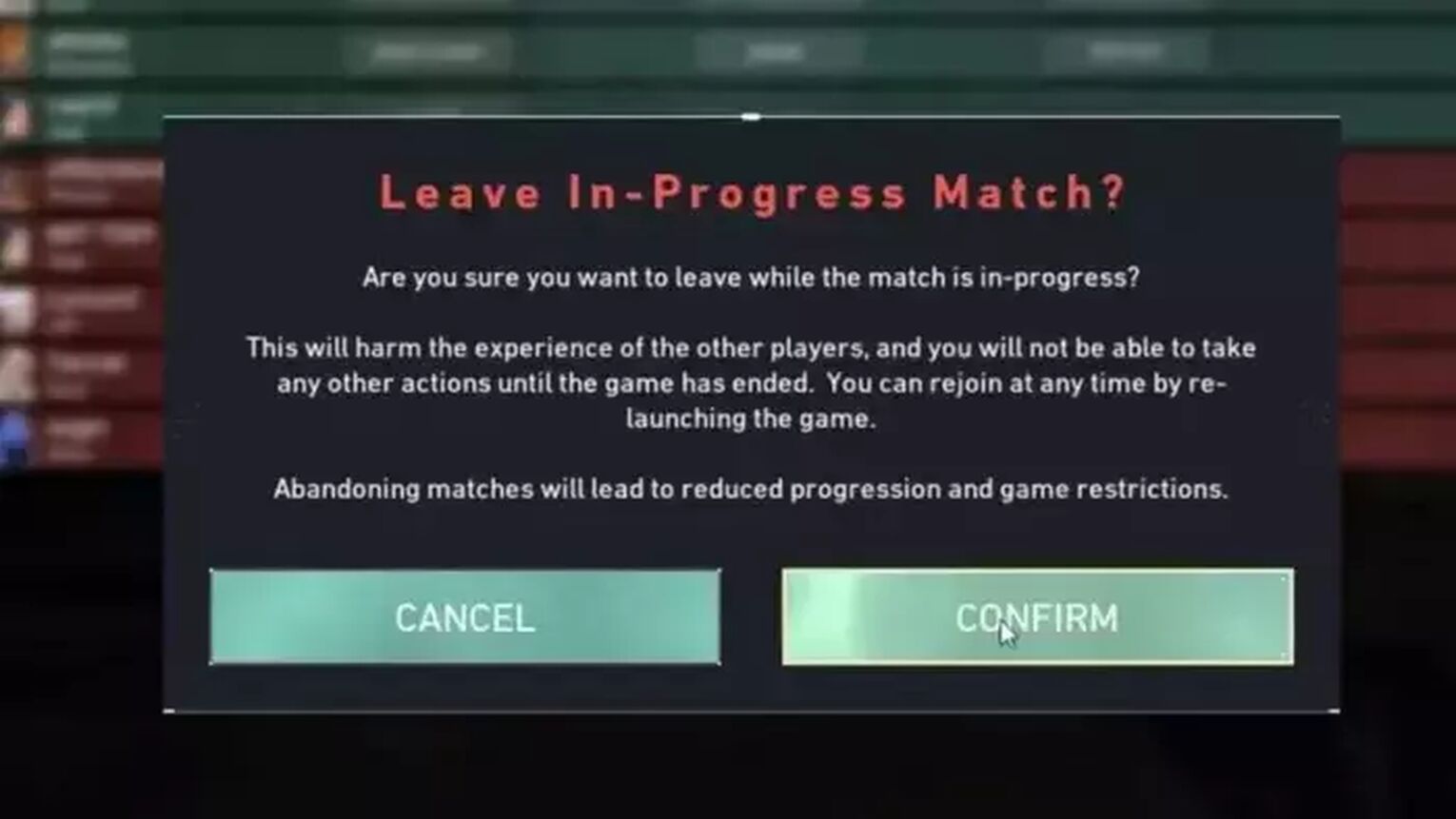
Valorant is a highly competitive-oriented game, so its ranked mode has to be polished — that's why it's so complicated. There will probably be many more times when Riot will change things in the Valorant ranked mode. But that's also why we love this game; it's so fresh all the time, and that's not easy to maintain in an online shooter!


.svg)


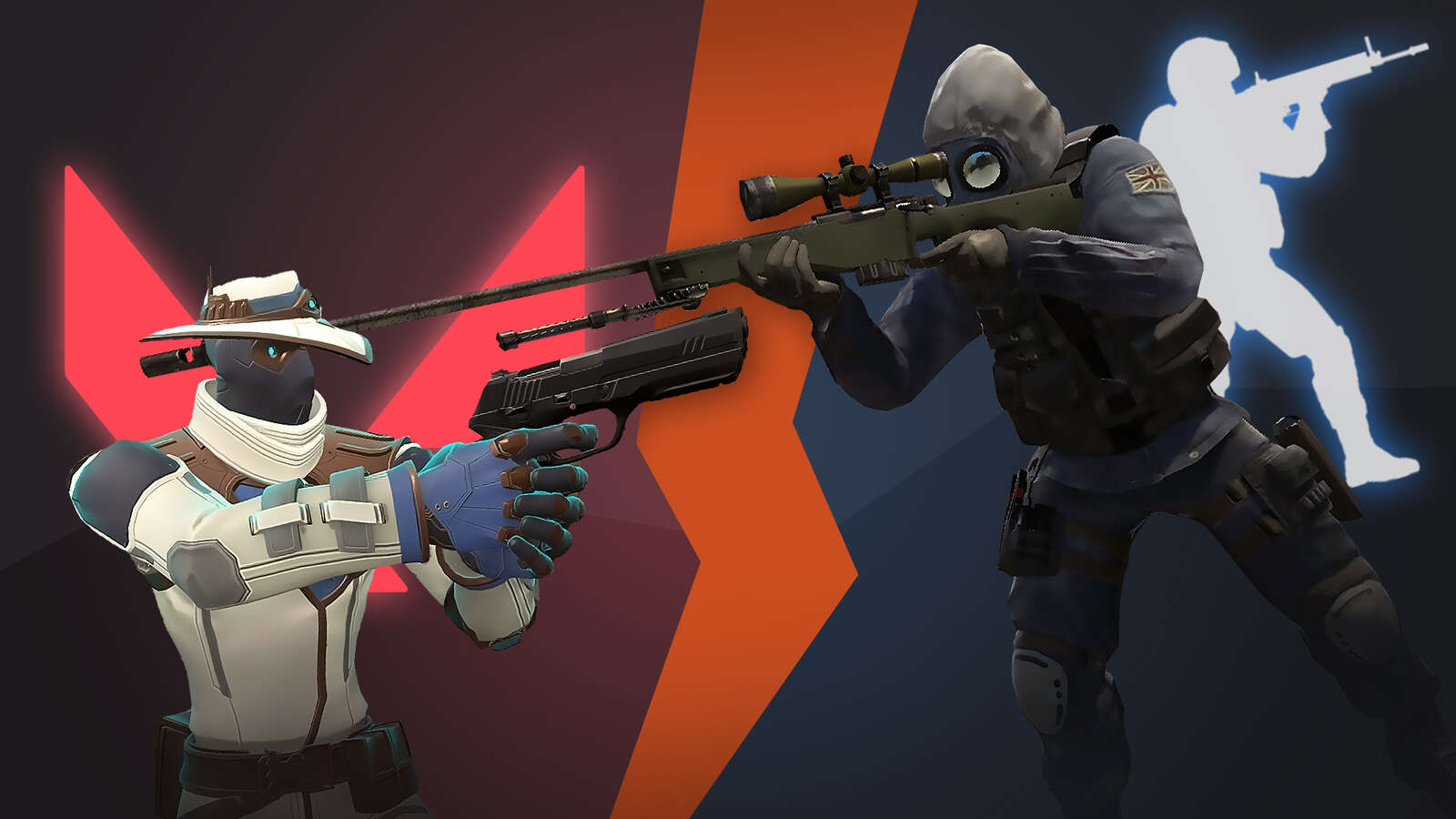
![How To Fix Valorant 1TB File Size Bug [Fast & Easy]](https://theglobalgaming.com/assets/images/_generated/thumbnails/407081/1TB-SIZE-FILE-FIX-VALORANT_03b5a9d7fb07984fa16e839d57c21b54.jpeg)
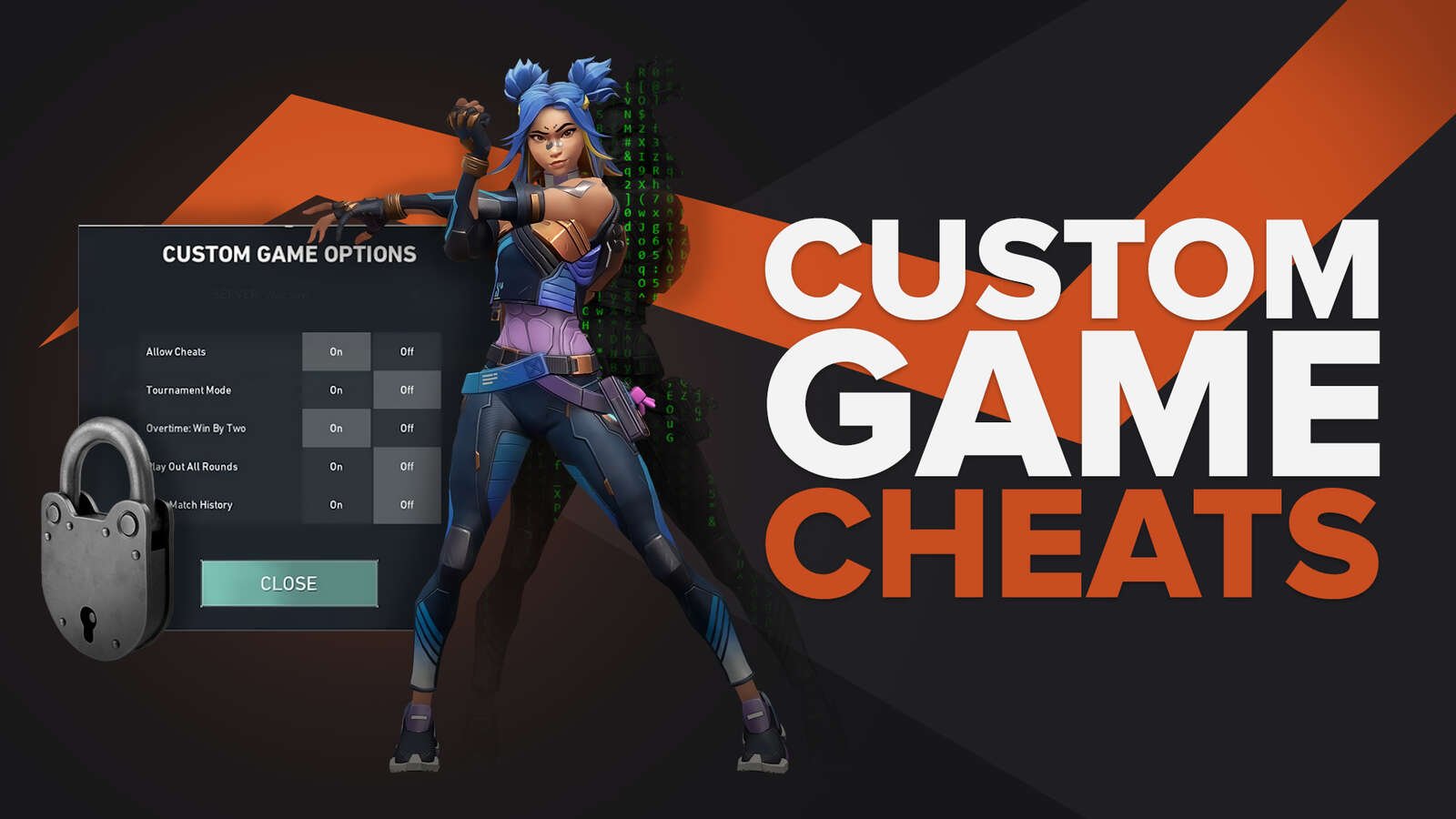
![Best Raze Lineups on Icebox [2024 Guide]](https://theglobalgaming.com/assets/images/_generated/thumbnails/58004/6248e15f44720bcdc407f796_best20raze20lineups20icebox20valorant_03b5a9d7fb07984fa16e839d57c21b54.jpeg)